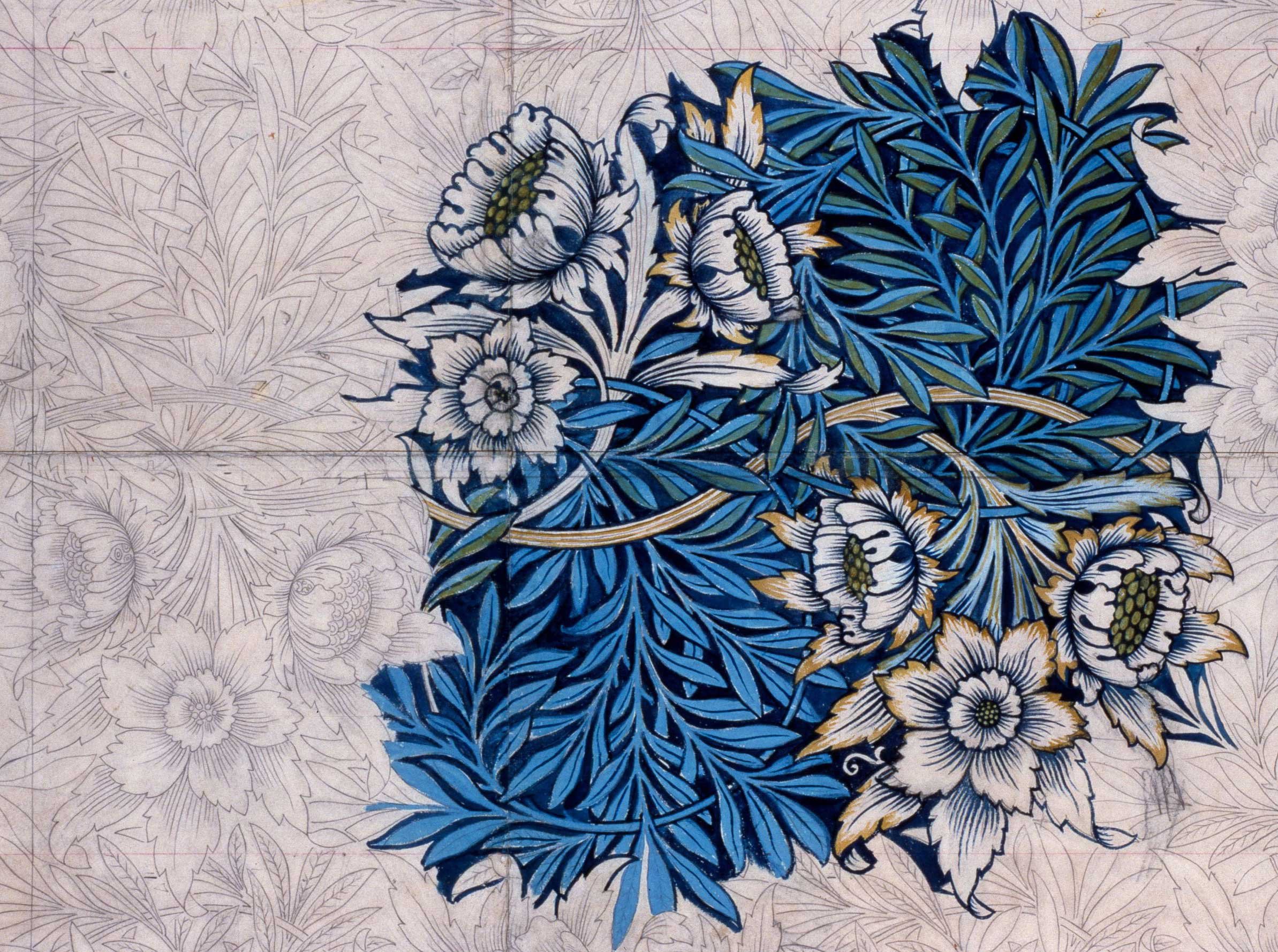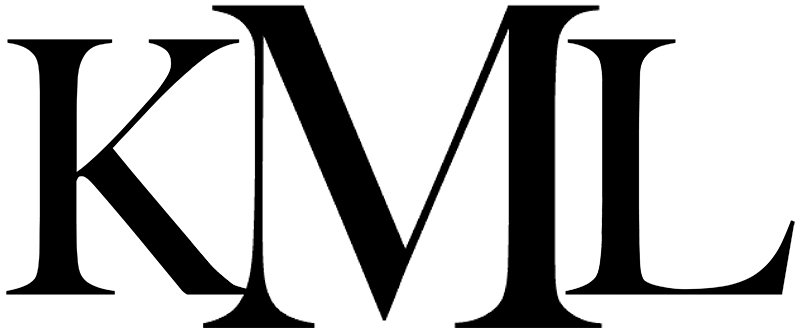
As you inhale, let your heart fill with compassion, and as you exhale, pour the compassion over your head.
Thich Nhat Hanh, Parabola, Gifts from Beyond, p. 23
Learning
Kristine Mann: Jung’s “Miss X” and a Pioneer in Psychoanalysis
By Beth Darlington | Read the pdf
“We must not forget that only a very few people are artists in life, that the art of life is the most distinguished and rarest of all the arts.” C.G. Jung
“From the middle of life onward, only he remains virally alive who is ready to die with life.” C.G. Jung
INTRODUCTION
For many years, I have been interested in the history of the earliest Jungians in the United States. All were women living in New York City. The first was Dr. Beatrice Hinkle, who began to practice as a Jungian analyst there just before World War 1; the next three were Drs. Kristine Mann, Eleanor Bertine, and Esther Harding, who launched their New York analytic careers in the early 1920s. Different sources disagree slightly on the dates, but, as far as I surmise, Mann and Bertine began in 1921, and Harding in 1924. A fifth woman, Frances Wickes, came to the scene at roughly the same time.
A graduate of the C. G. Jung Institute of New York, Beth Darlington, Ph.D., is a licensed and certified Jungian analyst and has a private practice in Poughkeepsie, NY, where she has been a professor of English at Vassar College for many years. She is a member of the New York Association for Analytical Psychology and the International Association for Analytical Psychology, she serves on the Boards of the C.G. Jung Institute of New York and the Kristine Mann Library, has taught both at the Institute and New York’s Jung Foundation, and edits the book review section for the Foundation’s Journal Quadrant. Her books, articles, and lectures include work on the English Romantic poets, mythology, fairy tales, and Jungian psychology.
Each has a unique story, and those stories testify to the courageous lives lived by these wise, strong, and passionate women.
Mann’s life especially interests me, as I found out that -like me- before becoming a Jungian analyst she had taught in the English department at Vassar College, where Eleanor Bertine had been her student. I became curious about that Vassar connection and discovered that several distinguished early Jungians were Vassar graduates – Dr. Cary Fink Baynes, who never practiced as an analyst but became a trusted friend of Jung in Zurich and translated some of his work from German as well as The Secret of the Golden Flower and the I Ching, for both of which he wrote the forewords; Dr. Elizabeth Goodrich Whitney, who was the first Jungian to practice west of the Hudson River and brought analytical psychology to the Bay area of California; Dr. Margaret Doolittle Nordfeldt, another early New York analyst; and Mary Conover Mellon, whose ambitious dream established the Bollingen Foundation to publish all of Jung’s work in English. But my focus here is on Kristine Mann.
I would like to introduce Kristine Mann through the eyes of Elizabeth Goodrich Whitney, who was her student at Vassar and then many years later intermittently a patient. Whitney’s portrait describes Mann’s physical appearance and demeanor, but it goes beyond that to reveal something of her character and inner life as well. Whitney’s words suggest the qualities in Mann that all who knew her came to recognize, revere, and love.
Kristine Mann was the new English Instructor at the College. Fair-skinned, with ash-gold hair, free-moving, self-contained, direct, simple, grave. She taught us the principles of logical thought and language structure. One day she corrected the misleading words, the cloudy non-sequitur of my composition. Suddenly I realized that she was concerned with truth; and truth under her quiet look and concentrated effort was not rules and correctness, but a reality she served, a snowy peak she climbed towards.
This was the first I saw of her journey, which was always trail breaking. She was serving scholarship and culture; a woman pioneering in a man’s domain.
When I saw her fifteen years later, she had pioneered still further into that world, into science and medicine. She had to know the truth about the body, about our basic nature. She was teaching men and women students.
But it was not even this mastery which struck me most. She was as simple and direct as before. She enjoyed light-heartedly whatever the moment brought. But in the midst of a mutual friend’s crisis she gave sympathy, tenderness, heart. She shared deeply. She was much older [45] and worn. She had entered the domain of woman as well as of mind; of human love, of human values.
Something else she had. What it was I did not know then. Already she planned to study with Dr. Jung. Already she was breaking trail into the world of the psyche. What was she seeking? All I knew was that beyond the single-mindedness and single-heartedness she had won, there was a commitment, a devotion to a further, greater quest.
From that time on, this journey of the soul was her central preoccupation. She gave generously to friends, to her students, to group needs, to analytical studies. She still lived as forthrightly and happily in the moment. But whatever the ebb and flow of circumstances, whether the world was at peace or in the most devastating war of its history, whether she was sick or well, even through [her] long last year of illness, she grew in tenderness and in wisdom; steadily she unfolded and lived the core of her own being.
Whitney’s moving tribute evokes the personality of a woman I would like to have known: a vibrant, brave seeker, fearlessly engaged in the process that the poet John Keats called soul-making and that Jung later referred to as the development of personality, or individuation. Whitney saw Mann as a quester, a heroine pursuing her inner Grail. Others who knew her shared that sense of her grounded identity and purpose. But who was Kristine Mann? What is her history? What was her relationship to Jung and the Jungian world? What is the legacy that she left us?
Stay tuned for more online resources, and explore our digital catalog to view titles in our library collection.
Banner Image: Tulip and Willow (detail) by William Morris, 1875. Birmingham Museums Trust
